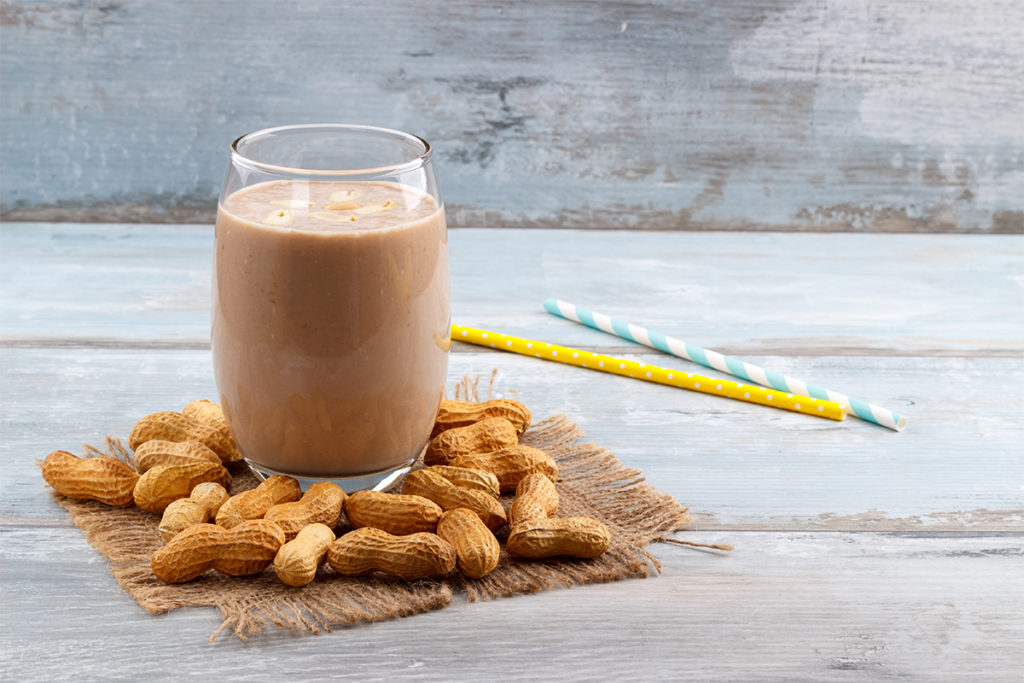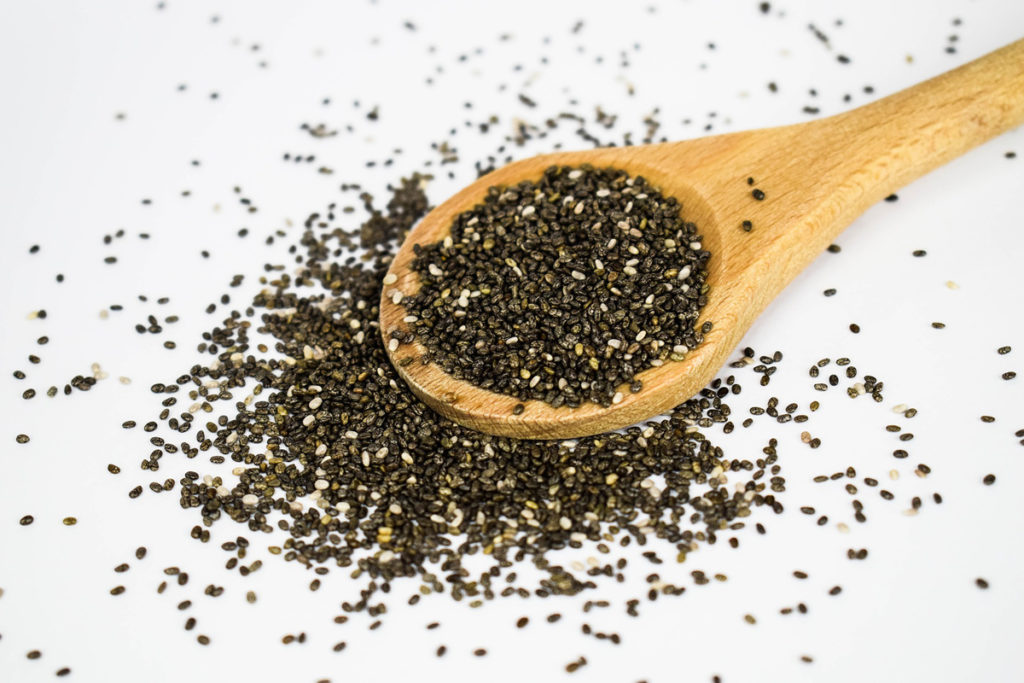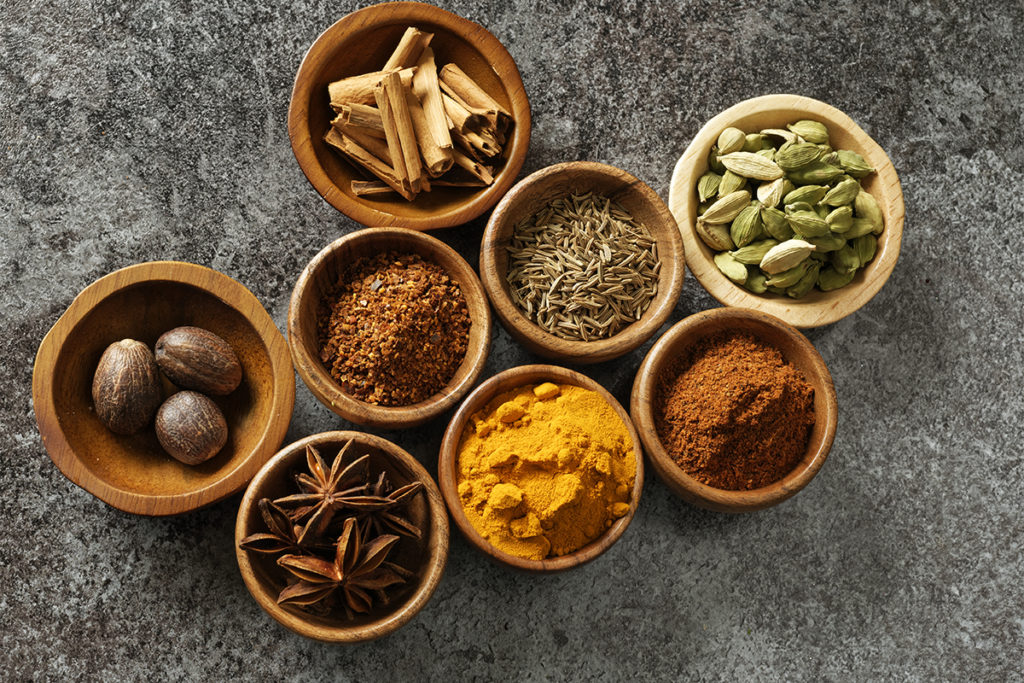A New Study on Protein Timing
How much protein can we absorb? New research says it could be a lot.

A persistent narrative around protein timing has been that any extra grams of protein consumed over a certain amount, say 25 to 30 grams at once, will go to waste (oxidized) leading to recommendations for protein spacing throughout the day. Now, a recent study challenges the belief that we can only use a set amount of protein for muscle growth after a workout. In a randomized, double-blind, placebo-controlled trial published in Cell Reports Medicine, healthy young men drank a protein beverage with either 0, 25, or a lofty 100 grams of milk protein, after an hour of resistance training involving 4 sets of 10 reps of 4 different exercises. The protein had isotope markers for tracing. Researchers took blood samples from participants every 30 minutes for 12 hours post-workout and extracted 4 muscle biopsies during this time examining muscle and whole-body protein levels. (The study authors believe past studies on protein utilization used too little protein and too short of examination time.)
The results revealed a dose-response relationship: higher protein ingestion boosted amino acid availability for longer, thus increasing the duration of muscle protein synthesis without affecting amino acid breakdown (oxidation). The 100-gram protein condition resulted in more amino acid availability and muscle protein synthesis, around 30% higher over 12 hours than the 25-gram test. This suggests our bodies can handle more protein than we originally thought, and the anabolic response may last longer with larger amounts of protein availability. This means that there can be more flexibility in feeding patterns and protein timing to enhance muscle anabolism. There is not necessarily a need for equal distribution of daily protein requirements over the main meals to support muscle growth if a sufficiently high amount of protein is consumed at once.
Would the findings be the same for different ages, different sexes, different activity levels, and different types of protein, and is there any actual impact on muscle size? Let’s hope these remaining questions are answered in subsequent research.
See also: A Protein Primer
Matthew Kadey, MS, RD
Matthew Kadey, MS, RD, is a James Beard Award–winning food journalist, dietitian and author of the cookbook Rocket Fuel: Power-Packed Food for Sport + Adventure (VeloPress 2016). He has written for dozens of magazines, including Runner’s World, Men’s Health, Shape, Men’s Fitness and Muscle and Fitness.





